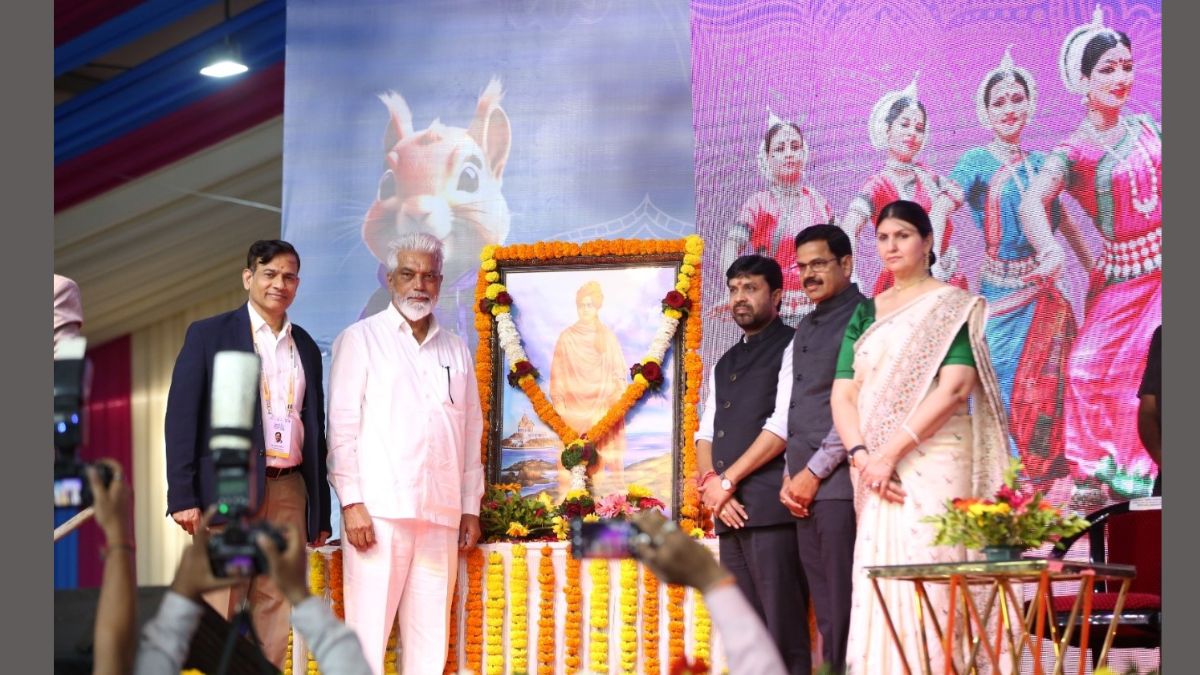Romil Ramgarihia articulates that the financial terrain within the Indian media sector is in a constant state of flux, mirroring the swift evolution of the industry at large.
New Delhi (India), October 3: The media sector in India has witnessed remarkable growth over the past few decades, becoming a significant player in the global market. “The media sector in India has always been a dynamic and rapidly evolving industry. As per the reports, India’s Media and entertainment industry is expected to grow to $55-70 Bn by 2030 at 10-12% CAGR, led by OTT, Gaming, Animation, and VFX,” mentions Romil Ramgarhia. This rapid expansion has been fuelled by advancements in technology, increased internet penetration, and a growing appetite for content consumption. In tandem with this growth, the financial dynamics of the Indian media sector have also evolved significantly.
The Indian Government has implemented several measures to bolster the cable distribution sector, including the digitization of operations to attract heightened institutional investment. Furthermore, the Foreign Direct Investment (FDI) cap in cable and direct-to-home (DTH) satellite platforms has been raised from 74% to 100%. Moreover, the film industry has been accorded industry status as also the AVGC sector (Animation, VFX, Gaming, and Comic). In a discussion on the origins of the monetary surge, Romil Ramgarihia states, “One of the primary sources of funding for media companies in India comes from banks, Institutional lenders, venture capital (VC) and private equity (PE) firms. However, this is limited largely to the top end of the funnel. The larger ecosystem still depends on private lenders, which is expensive and also for the short term. The sector needs more funding options for equity, allowing media companies to scale up operations, invest in content creation, and explore new markets.” Various companies such as Vice Media, Emerald Media, and BDMI focus on investing in and incubating various early-stage media and content-specific startups.
Disruptions in the Digital Realm
The emergence of digital platforms and streaming services has brought about a revolution in the way content is experienced and consumed. This shift has required media companies to invest heavily in digital infrastructure, content delivery networks, and cybersecurity. Furthermore, data-driven decision-making is becoming increasingly crucial in the media sector. Artificial intelligence and data analytics are being employed to understand consumer behaviour, tailor content offerings, and optimize advertising strategies. “Leveraging AI-driven predictive analysis enables media moguls to discern the potential success of content through in-depth scrutiny of viral trends,” says Romil Ramgarihia. Emphasizing the importance, he adds, “This invaluable insight empowers companies to refine their content, marketing, and distribution strategies, ensuring they remain agile in responding to evolving market demands and fortifying their brand presence.”
How The Revenue Streams Have Evolved
Advertising revenue remains the cornerstone for most media organizations. With India being one of the world’s fastest-growing ad markets, media companies have a vast potential for revenue generation through advertisements, encompassing digital, print, television, and radio. However, in recent years, the subscription-based revenue model has gained prominence, particularly in the digital space. Platforms like Netflix, Amazon Prime, and various OTT (Over-The-Top) services have successfully monetized premium content through subscription fees. “Media companies also bolster their revenue by licensing their content to various platforms, both domestically and abroad. This source of income has undergone significant transformation in the face of intense competition, with licensing and syndication now playing a pivotal role in augmenting the revenue streams of these companies,” shares Romil Ramgarhia.
Future Prospects and Opportunities
India’s rich tapestry of languages and cultures provides a fertile ground for media companies to explore untapped regional markets. The rise of independent journalism and YouTube-based reporting is a testament to the growing appetite for content tailored to local preferences. There is a palpable enthusiasm among audiences to engage with news and information that resonates with their specific regions. This presents a golden opportunity for established media houses to expand their reach and enhance their viewership by delivering content that caters to this diverse and expansive audience base.
“Embracing emerging technologies like augmented reality (AR), virtual reality (VR), and blockchain can open up new avenues for content creation and distribution, providing unique and immersive experiences for consumers,” mentions Romil. “Collaborations between media companies, technology firms, and content creators is the only path ahead which will be mutually beneficial and also foster innovation,” he added.
Navigating the financial landscape requires a nuanced understanding of funding mechanisms, revenue streams, and regulatory frameworks. There need to be more funding vehicles which can specifically focus on this sector and improve the risk perception of the industry to open more options from the larger organised financial ecosystem.
If you have any objection to this press release content, kindly contact pr.error.rectification[at]gmail.com to notify us. We will respond and rectify the situation in the next 24 hours.



